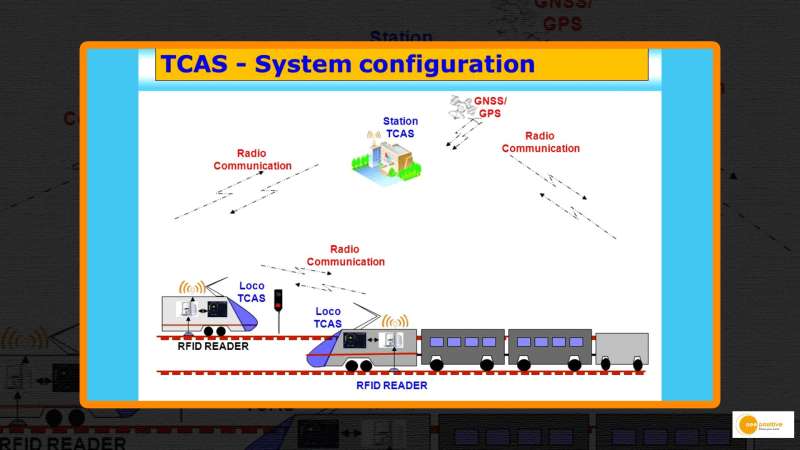

Last weekend’s tragic train accident in Balasore, resulting in the loss of numerous lives, has raised concerns about the effectiveness of the KAVACH automatic train protection (ATP) system in the Indian Railway System. Designed by the Research Designs & Standards Organisation (RDSO), KAVACH aims to prevent Signal Passing At Danger (SPAD) and overspeeding, while also offering support during adverse weather conditions. Explores the features, functioning, implementation, and future prospects of the KAVACH system.
What is KAVACH?
KAVACH is an automatic train protection (ATP) system developed by the Research Designs & Standards Organisation (RDSO) for the Indian Railways. It holds Safety Integrity Level 4 (SIL-4) certification, ensuring high reliability. Initiated in 2012 as the Train Collision Avoidance System (TCAS) project, KAVACH forms a crucial part of Indian Railways’ mission to achieve zero accidents.
Salient Features of KAVACH:
• Automatic application of brakes to maintain train speed in unforeseen circumstances.
• Line-side signal repetition and auto whistling during foggy weather and high-speed travel.
• Continuous update of movement authority principle to ensure collision avoidance.
• Direct loco-to-loco communication to maximize collision prevention.
• Active utilization of SOS signals to prevent mishaps and accidents.
Functioning of the KAVACH System on Railway Systems:
The KAVACH system utilizes the Traffic Collision Avoidance System (TCAS) to facilitate two-way communication between the station master and the loco-pilot. Onboard equipment in the locomotive and transmission towers at stations, connected through Radio Frequency Identification (RFID) tags, enable seamless functioning. The loco-pilot is equipped with an instrument panel displaying advanced signals and permissible speeds. In the event of ignoring a red signal, KAVACH takes control, applies sudden brakes, and activates a hooter near level crossings, aiding loco-pilots during low visibility conditions.
Implementation of the KAVACH System:
The South Central Railway (SCR) Zone has been at the forefront of implementing KAVACH, covering 1,465 kilometers, 77 locomotives, and 135 stations within its limits. The Indian Railways Institute of Signal Engineering & Telecommunications (IRISET), based in SCR, serves as the “Centre of Excellence” for KAVACH, conducting comprehensive training programs for railway staff.
KAVACH Deployment Strategy:
The Railway Board prioritizes the implementation of KAVACH on High-Density Routes, including the New Delhi-Mumbai and New Delhi-Howrah sections, where accidents are more probable due to closely running trains. Highly Used Networks and other Passenger High-Density Routes follow as the second priority, with subsequent coverage of all other routes. The RDSO has approved three firms for providing KAVACH equipment, with additional firms being considered. The system has effectively addressed challenges such as closed-level crossings, obstructions, and communication issues in tunnels and ghat sections.
Conclusion:
While addressing challenges and evolving to counter emerging vulnerabilities, the KAVACH system holds immense promise for enhancing the safety standards of Indian Railways. Expanding its coverage to other networks and routes will enable KAVACH to play a pivotal role in minimizing accidents and ensuring comprehensive safety measures.
Also Read: Bullet Train: भारतीय इंजीनियर्स बना रहे हैं देश की पहली वाटर रेल सुरंग, जानें कब तक होगा ये पूरा !


